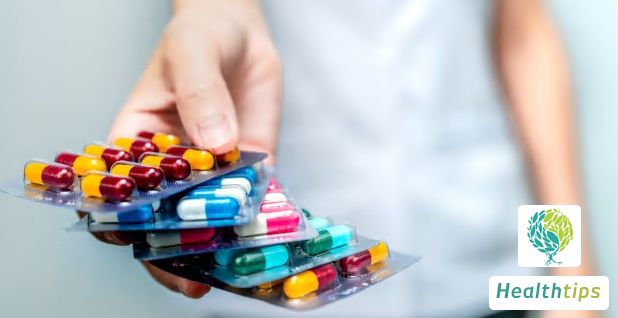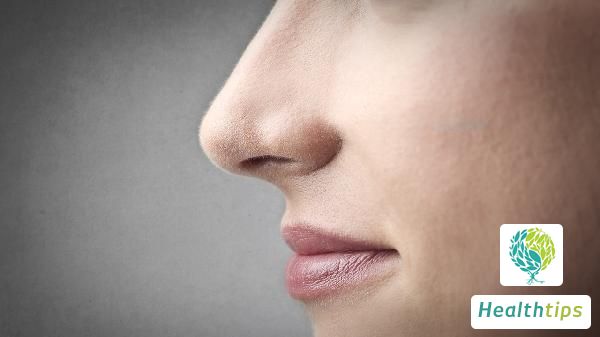What are the signs of breast hyperplasia after its onset?
Many believe that breast hyperplasia enlarges women's breasts after onset, thus favoring the maintenance of a curved figure. However, this is untrue, as breast hyperplasia, if not effectively treated, can cause significant harm to the breasts. What are the signs of breast hyperplasia after onset?

1. Breast pain, often described as distending or stabbing, can affect one or both breasts, primarily one side. Severe pain can be unbearable, even impacting daily life and work. The pain mainly originates from breast lumps and can radiate to the affected axilla, chest, or shoulders and back. Some experience nipple pain or itchiness. Breast pain often occurs or intensifies a few days before menstruation and significantly reduces or disappears afterward. Pain can also fluctuate with emotional changes. This pain associated with menstrual cycles and emotional changes is a primary characteristic of breast hyperplasia symptoms.
2. Breast lumps can occur in one or both breasts, singly or multiply, in the outer quadrant or other quadrants. They can be flaky, nodular, cord-like, granular, etc., with flaky being the most common. The lump boundaries are not distinct, with medium or slightly hard texture, good mobility, no adhesion to surrounding tissue, and often tender to touch. Lumps vary in size, from- milletsized to over 3-4 centimeters. Breast lumps also change with menstrual cycles, enlarging and hardening before menstruation and shrinking and softening afterward.
3. A few patients may experience nipple discharge, spontaneous, straw-yellow, or brown serous discharge. Meanwhile, some patients often feel uncomfortable, uneasy, and irritable, with symptoms such as menstrual pain and irregular menstruation. The above points are primarily the clinical signs of breast hyperplasia after onset, serving as reminders for women. Clinically, breast hyperplasia mostly affects middle-aged women. Therefore, if you have reached middle age, you should be vigilant about preventing breast hyperplasia. If adverse signs are detected, active diagnosis and treatment are necessary.



















